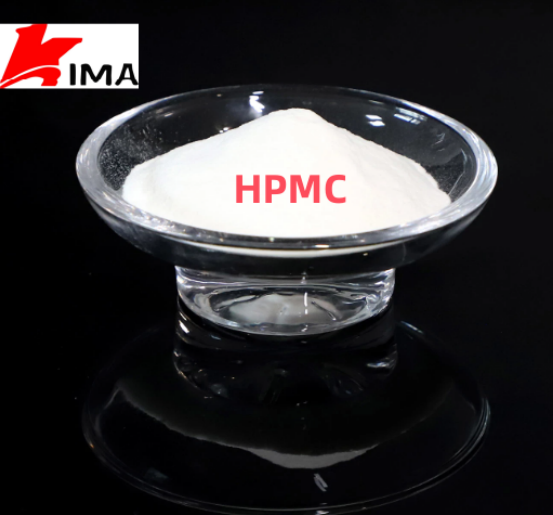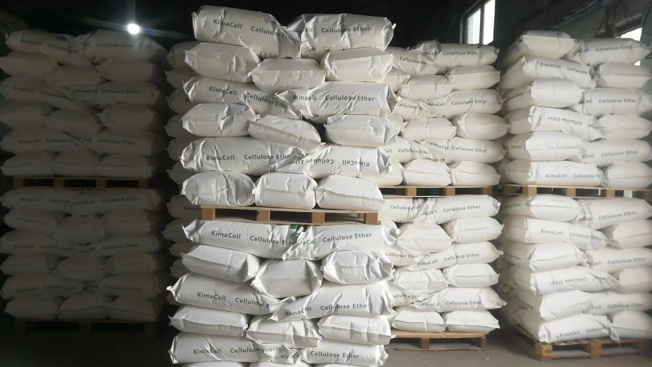Hydroxypropyl methylcellulose (HPMC) is a common food additive widely used in the food industry. It is a non-ionic semi-synthetic cellulose ether mainly derived from plant cellulose and formed by chemical modification. Due to its unique physical and chemical properties, HPMC is used in food to improve taste, enhance stability, provide better processing performance, and meet specific dietary needs.

1. Source and properties of hydroxypropyl methylcellulose
HPMC is obtained by alkali treatment of natural cellulose (such as wood pulp or cotton) and reaction with propylene oxide and methyl chloride. This processing method changes the solubility of cellulose, allowing it to dissolve in cold water to form a transparent or translucent viscous liquid. It has good thickening, emulsification, film-forming, water retention, stabilization and suspension properties, and is insensitive to changes in pH and can remain stable over a wide temperature range.
2. Reasons for adding hydroxypropyl methylcellulose to food
HPMC is widely used in many fields of the food industry, and its main functions are as follows:
Thickener and stabilizer
During food processing, HPMC can be used as a thickener to give food a better texture. For example, in dairy products, sauces and soups, it can improve consistency and prevent stratification, making the food more uniform and stable.
Emulsifier and suspending agent
HPMC can help disperse incompatible ingredients, such as oil and water, and play a stabilizing role in emulsified foods such as salad dressings and mayonnaise. In addition, it can prevent solid particles from settling and is used as a suspending agent in products such as juices and protein drinks.
Water retaining agent
In baked goods (such as bread and cakes), HPMC is used as a water retaining agent to reduce water evaporation, prolong the softness of the product, and improve the preservation effect. This is particularly important in gluten-free baked goods because it can improve the plasticity of the dough and make the final product softer.
Film-forming agent
HPMC can form a transparent film and is widely used in foods such as candy and fruit and vegetable coatings. For example, it can be used to wrap the surface of candy to make it smooth and prevent deliquescence. It can also be used as a protective layer for fruits and vegetables to extend the shelf life.
Low-calorie substitute
Since HPMC is an indigestible dietary fiber with extremely low calories, it is often used in low-calorie foods and diet foods. For example, in products such as margarine and low-fat ice cream, it can replace part of the fat so that the food still has a good taste.
Improve food structure and taste
In processed foods (such as instant noodles and vegetarian meat), HPMC can enhance elasticity and chewiness, making the food more chewy. For example, in vegetarian burger meat, it can help simulate the texture of meat and improve consumer acceptance.
Delay starch aging
In foods such as rice and bread, HPMC can inhibit starch aging and regeneration, thereby extending the shelf life of the product and preventing the food from hardening.

3. Safety of Hydroxypropyl Methylcellulose
HPMC is approved as a food additive by multiple food safety agencies around the world, for example:
The U.S. Food and Drug Administration (FDA) classifies HPMC as a "generally recognized as safe" (GRAS) substance that can be used in food.
The European Food Safety Authority (EFSA) approves its use as a food additive (E464) and has established corresponding usage limits.
The World Health Organization (WHO) and the Food and Agriculture Organization of the United Nations (FAO) also believe that HPMC is safe within a reasonable range of use.
Since HPMC is not digested and absorbed by the human body, it does not affect blood sugar, cholesterol, etc. and is considered a safe source of dietary fiber. However, if consumed in excess, it may cause mild gastrointestinal discomfort, such as bloating or mild diarrhea.
4. Typical application examples of hydroxypropyl methylcellulose
The following are some common examples of HPMC applications in food:
Baked foods (bread, cakes, biscuits): enhance structure, retain moisture, and improve taste.
Dairy products and beverages (milkshakes, plant milk, protein drinks): as a thickener and stabilizer to prevent stratification.
Quick-frozen foods (dumplings, glutinous rice balls): prevent water loss after freezing and maintain taste.
Low-fat foods (low-fat ice cream, margarine): provide creamy texture and reduce calories.
Vegetarian and alternative protein foods (vegetarian meat, vegetarian sausages): enhance elasticity and simulate the taste of real meat.
Candy and coated foods (candy shells, fruit plastic wrap): provide a smooth surface and prevent moisture loss.

Hydroxypropyl methylcellulose is a powerful food additive that plays an important role in the food industry. It not only improves the texture, taste and shelf life of food, but also meets consumers' demand for low-fat, low-calorie and vegetarian foods. Although HPMC is a chemically modified cellulose, international food safety agencies believe that it is safe within the scope of reasonable use and consumers can eat it with confidence.
With the development of food technology, the application scope of HPMC may be further expanded to provide better processing characteristics and nutritional value for more foods. At the same time, scientists are also studying more natural or degradable alternatives to meet consumers' demand for "clean label" foods.
 English
English 日本語
日本語 français
français Deutsch
Deutsch Español
Español italiano
italiano русский
русский português
português العربية
العربية Türkçe
Türkçe Nederland
Nederland






